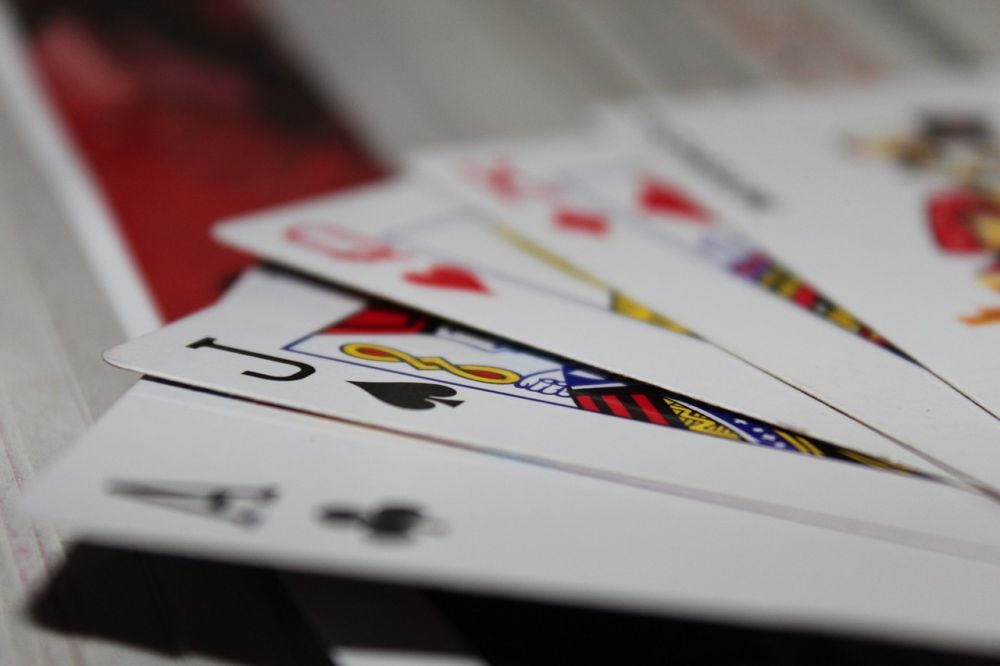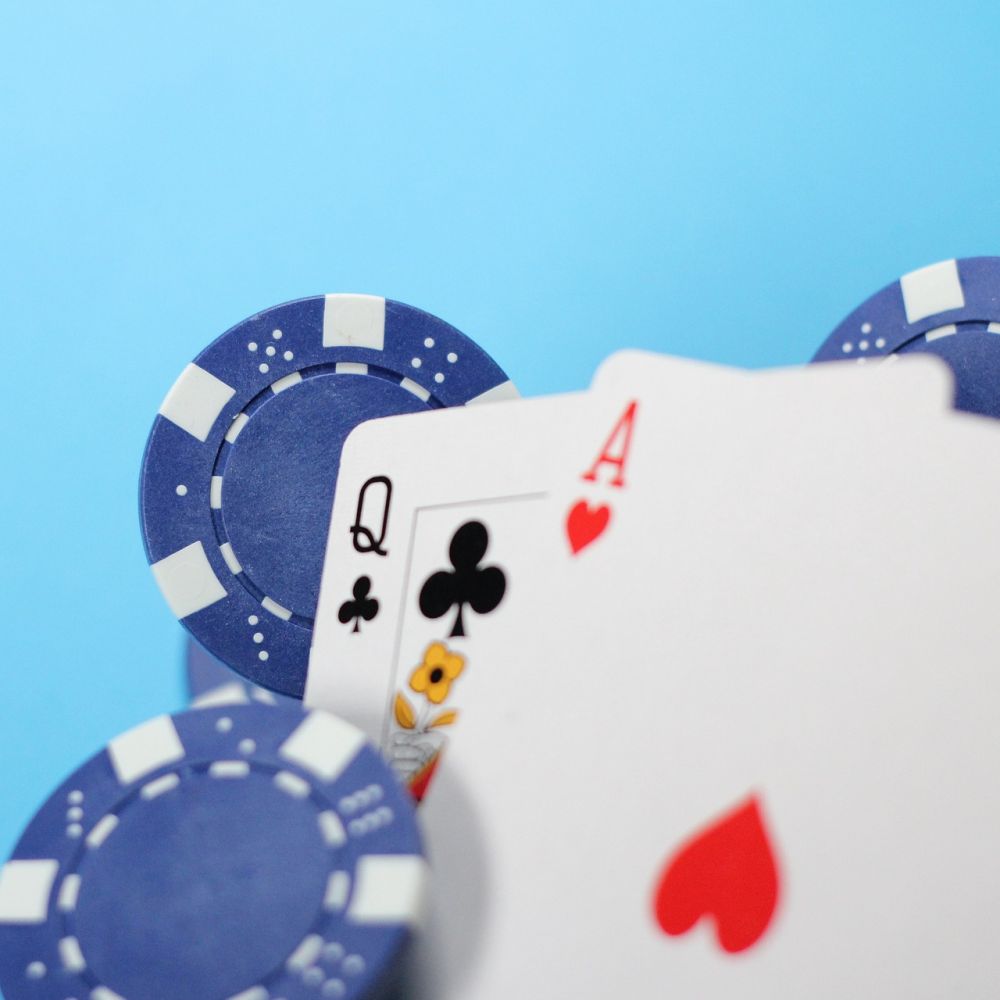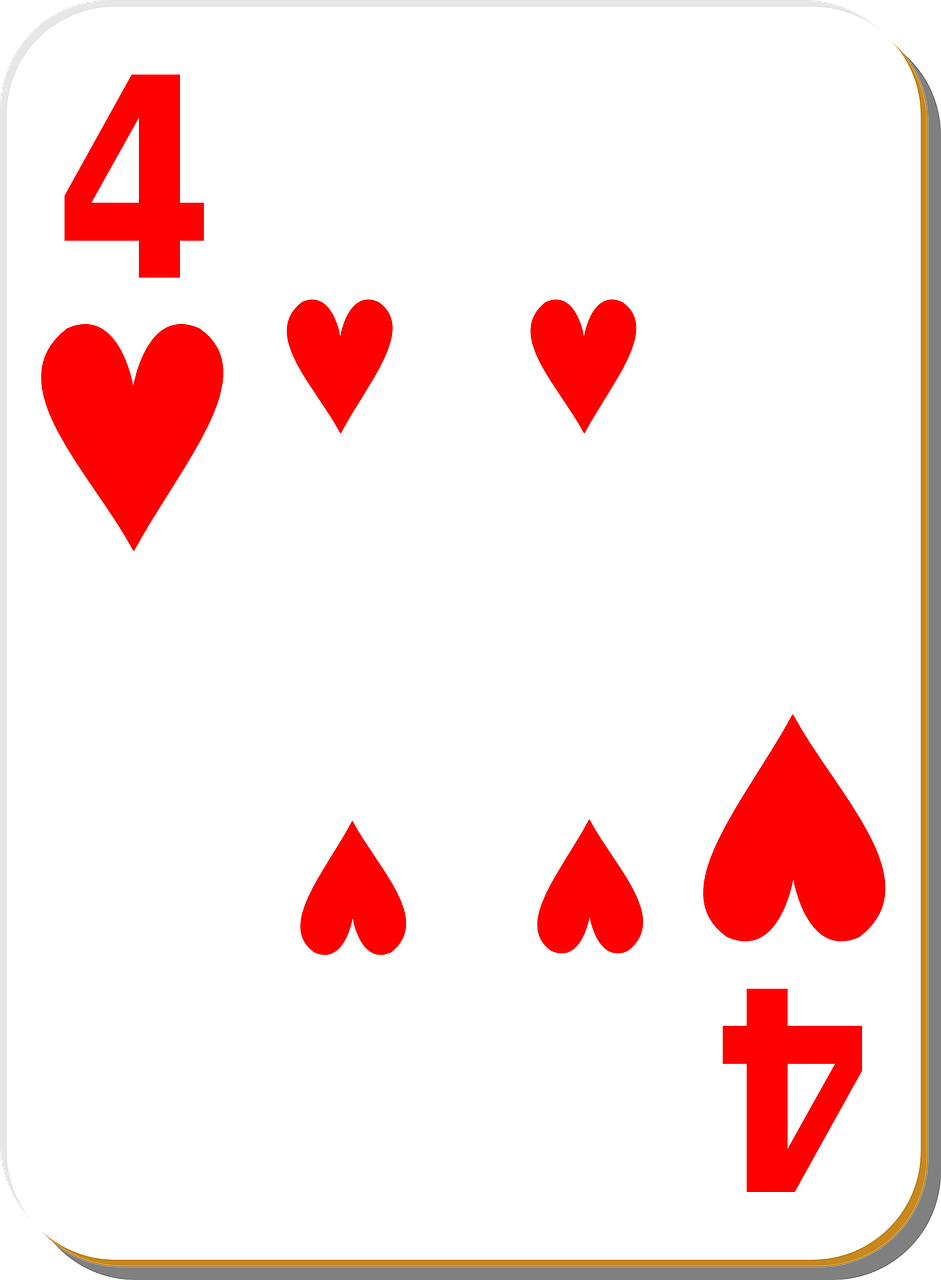Blackjack Guide: The Ultimate Casino Experience
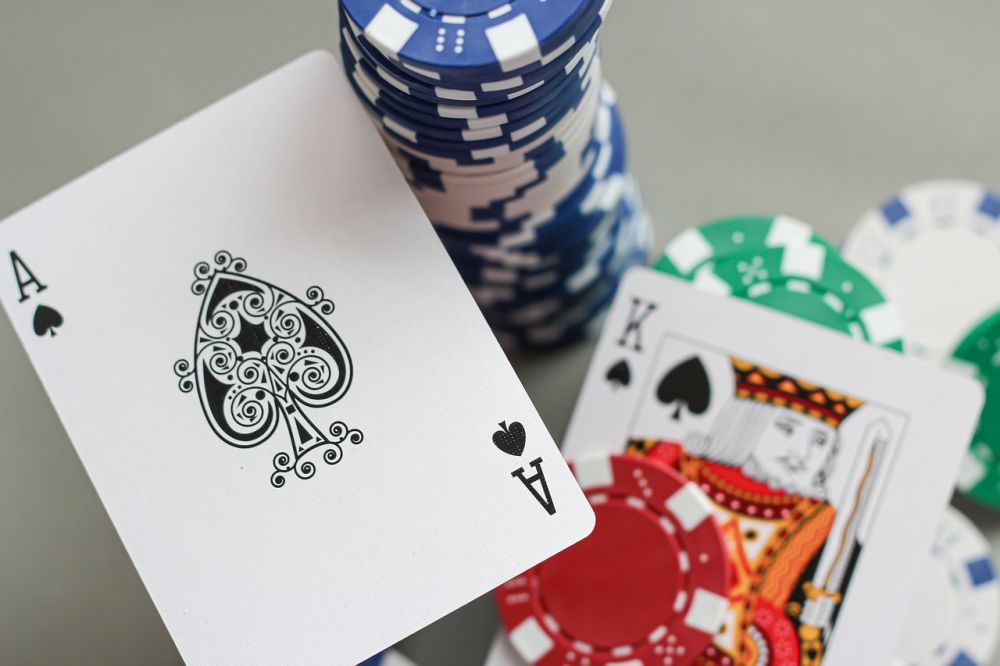
Introduction
Welcome to the ultimate guide to blackjack, the beloved card game that has captivated casino enthusiasts for centuries. Whether you are a seasoned player or new to the world of casino games, this comprehensive guide will provide you with the knowledge and strategies needed to excel at blackjack. In this article, we will delve into the history of blackjack and explore its evolution over time. So, sit back, relax, and prepare to be amazed by the captivating world of blackjack.
A Brief Overview of Blackjack
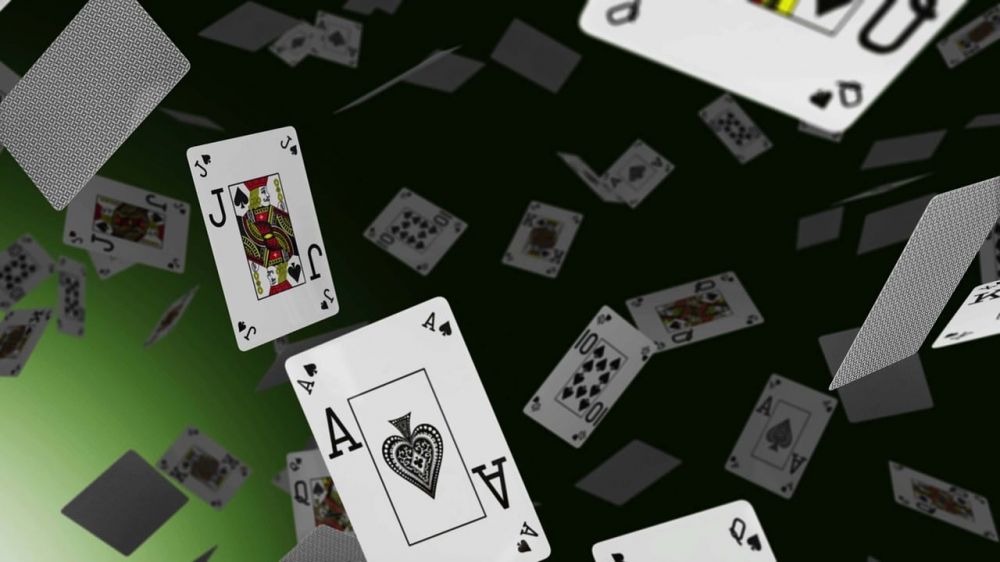
Blackjack, also known as 21, is a card game that has gained immense popularity in casinos across the globe. The game is played between the player and the dealer, with the objective of achieving a hand total close to 21 without exceeding it. Each card in the deck carries a specific value, and the player must make strategic decisions based on their own hand and the dealer’s upcard.
Understanding the Basics
Before delving into the intricacies of blackjack strategy, it is important to grasp the fundamental rules of the game. Here are the key elements you need to know:
1. Card Values: In blackjack, numbered cards carry their face value, face cards (King, Queen, and Jack) are worth 10, and the Ace can be counted as either 1 or 11, depending on the player’s preference.
2. Dealing: The game begins with the dealer distributing two cards to each player, including themselves. One of the dealer’s cards is face up, while the other remains hidden.
3. Player’s Turn: The player must make decisions based on their hand and the dealer’s upcard. Common options include hitting (drawing an additional card), standing (keeping the current hand), doubling down (doubling the initial bet and receiving one more card), or splitting pairs (creating two separate hands from identical cards).
4. Dealer’s Turn: Once all players have completed their turns, the dealer reveals their hidden card and draws additional cards if necessary. The dealer follows a predetermined set of rules, commonly known as “dealer’s rules.”
5. Winning and Losing: A player wins if their hand total is closer to 21 than the dealer’s without exceeding it. If the player’s total exceeds 21, they “bust” and lose the round. A tie results in a “push,” where the player’s bet is returned.
The Evolution of Blackjack
The origins of blackjack can be traced back to 17th-century France, where it was known as “Vingt-et-Un” (translated as twenty-one). Over time, the game spread throughout Europe and eventually gained popularity in the United States. However, it was not until the early 20th century that the term “blackjack” was coined, accompanied by specific rules and strategies.
In its early days, blackjack was not widely played for monetary purposes but rather as a source of entertainment. The game’s transition to the casino floor is credited to the Nevada Gaming Control Board, which legalized gambling and popularized blackjack.
Throughout the years, several variations of blackjack have emerged, each with its own set of rules and strategies. Some notable variations include European blackjack, Spanish 21, and Pontoon. These variations aim to add excitement and diversity to the traditional game, enticing players with unique twists and higher payout potential.
Modern Blackjack Strategies
As blackjack gained popularity, players and mathematicians began developing strategies to increase their odds of winning. One of the most famous strategies is card counting, which involves keeping track of the cards that have been dealt to gain an advantage over the casino. Although effective, card counting requires a high level of skill and concentration, making it less accessible to casual players.
Alternatively, players can employ basic blackjack strategy, a set of guidelines that suggest the optimal move for every possible hand combination. Basic strategy eliminates guesswork and helps players make informed decisions based on mathematical probabilities. By following basic strategy, players can significantly reduce the house edge and improve their chances of winning.
Conclusion
Blackjack has come a long way since its humble beginnings. From its early roots in European and American card games to its prominent position on the casino floor, blackjack continues to captivate players with its timeless appeal. By understanding the fundamental rules and strategies outlined in this guide, you are well-equipped to embark on your own blackjack journey. So, whether you’re a seasoned player looking to brush up on your skills or a newcomer eager to dive into the world of casino games, blackjack is waiting for you with open arms. Good luck and may the cards be in your favor!
